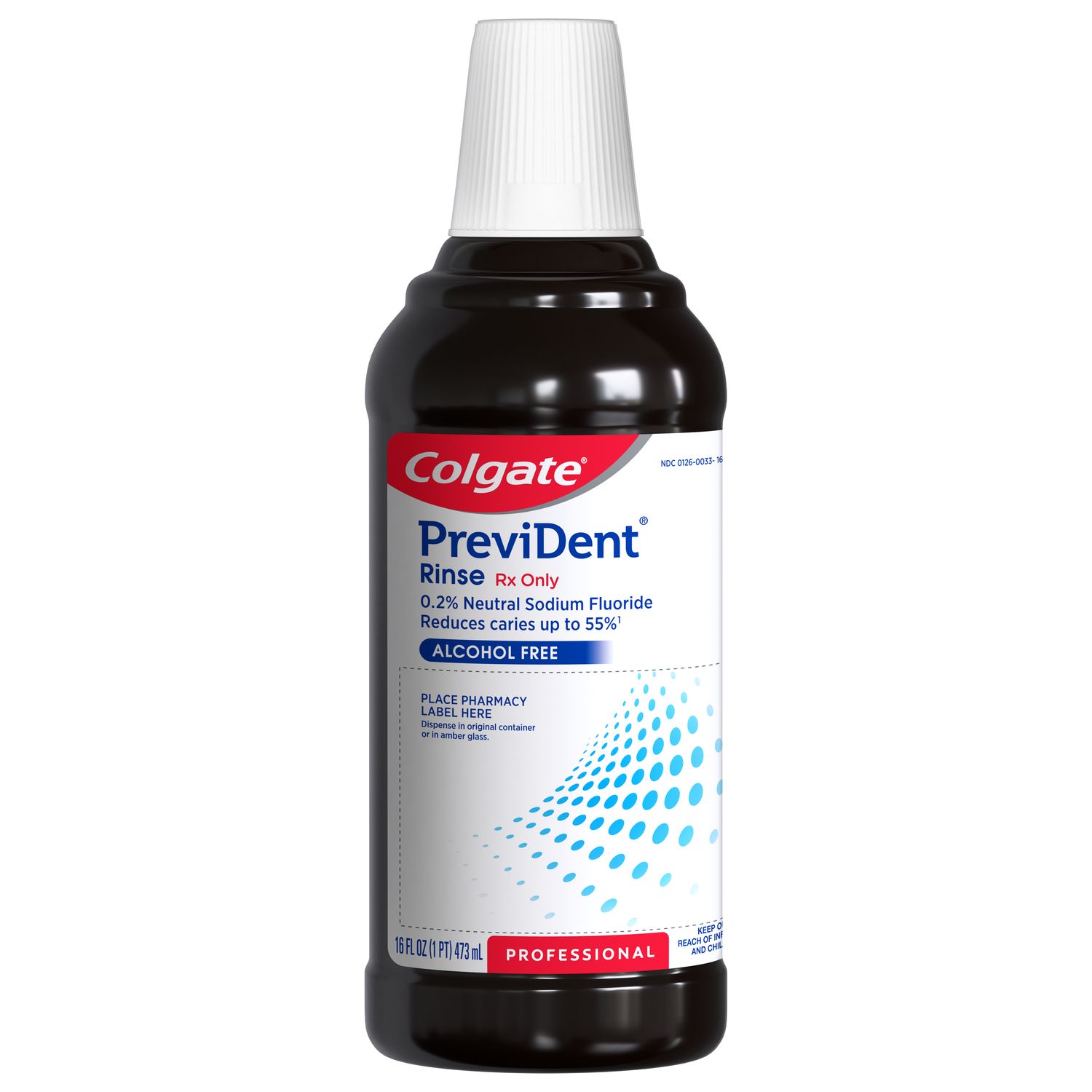-
Top Professional Products



-
Professional Articles
- Caries
- Dry Mouth
- Enamel Erosion
- Gum Issues
- Orthodontics
- Pediatric
- Sensitivity
- Whitening
- Social Responsibility
- Career Development
Try the new Colgate dental stuDENT app today

-
Gum Health Physical Tool
Assess your patients' gum health in your office using this tool and send them home with a personalized report.

-
Oral Health Commitment
- Oral Health Commitment
- Bright Smiles, Bright Futures
- Educational Resources
- Mobile Dental Van
- Volunteer
- Home
- Helpful Resources for Dentists
- Preventing Tooth Enamel Erosion | Colgate® Professional
- Dental Erosion: Etiology & Diagnosis | Colgate® Professional
Dental erosion is a prevalent condition that occurs worldwide. It is the result of exposure of the enamel and dentin to nonbacterial acids of extrinsic and intrinsic origin, whereby mineral loss occurs from the surface of the tooth. The most frequently affected areas are the palatal surface of maxillary incisors and the occlusal surface of the mandibular first molars in adolescents. Characteristic early signs of dental erosion include smooth and flat facets on facial or palatal surfaces, and shallow and localized dimpling on occlusal surfaces. Early intervention is key to effectively preventing erosive tooth wear. Effective prevention of dental erosion includes measures that can avoid or reduce direct contact with acids, increase acid resistance of dental hard tissues and minimize toothbrushing abrasion.
Educational Objectives
The overall goals of this article are to provide an overview of the causes, risk factors, diagnosis and prevention of dental erosion. On completion of this course the reader will be able to:
- List and describe the prevalence of dental erosion.
- List and describe the etiologies of dental erosion.
- List and describe the signs and symptoms of dental erosion and the complicating factors associated with dental erosion.
- and describe methods for the management and prevention of dental erosion.
Related Articles

Practice Management
How to Talk to Patients About Dry Mouth SymptomsAs a dental hygienist, your patients look to you for guidance about their dry mouth symptoms and for suggestions on how to get relief from dry mouth.

Practice Management
D4910: When and For How Long Is Periodontal Maintenance the Right Code?Deciding when to use the code D4910 can often be confusing. Patients don't always understand the necessity of this treatment and only want what their insurance covers. As a provider, you want to use the code that matches the treatment provided. Read on for clarification on this topic.

Practice Management
Uncovering Dietary Causes of Dental ErosionDietary choices are one of the primary causes of dental erosion. Here’s how to start the conversation with your patient to understand and manage their dietary erosion risk factors.
Related Products

Help Keep Patients More Informed
Share articles, videos and PDFs to help your patients learn more about specific conditions and effective treatments for a healthier smile.





